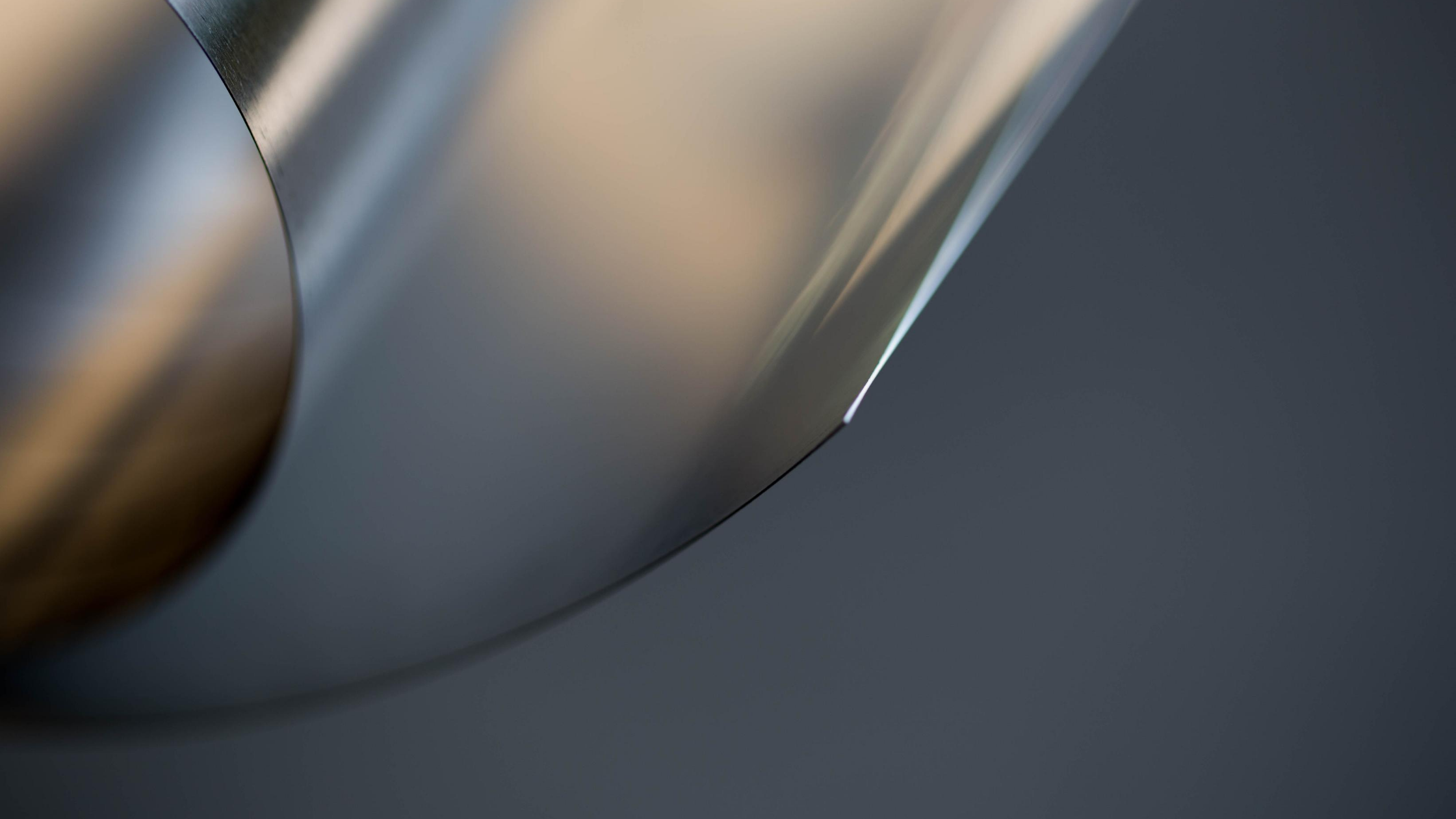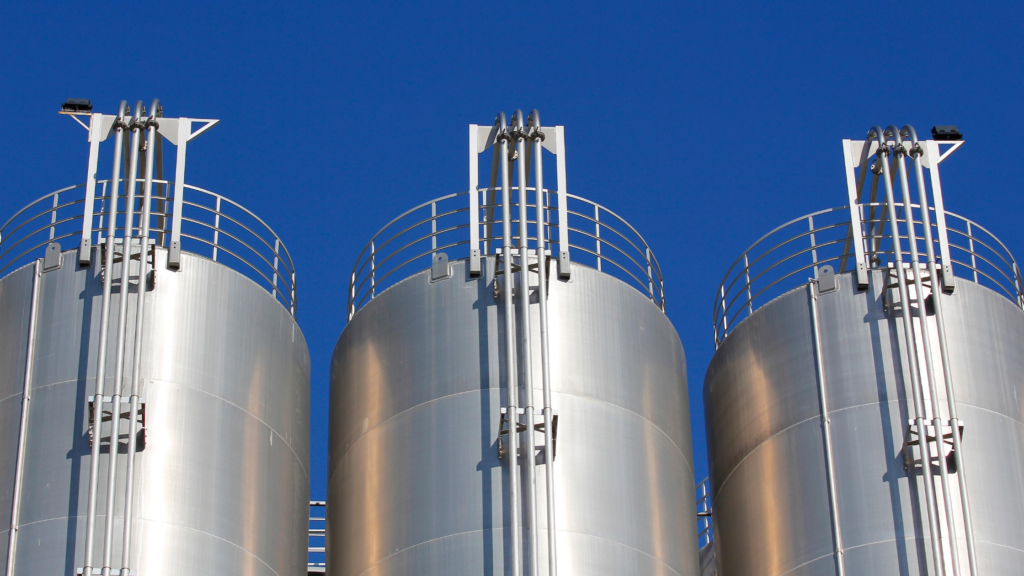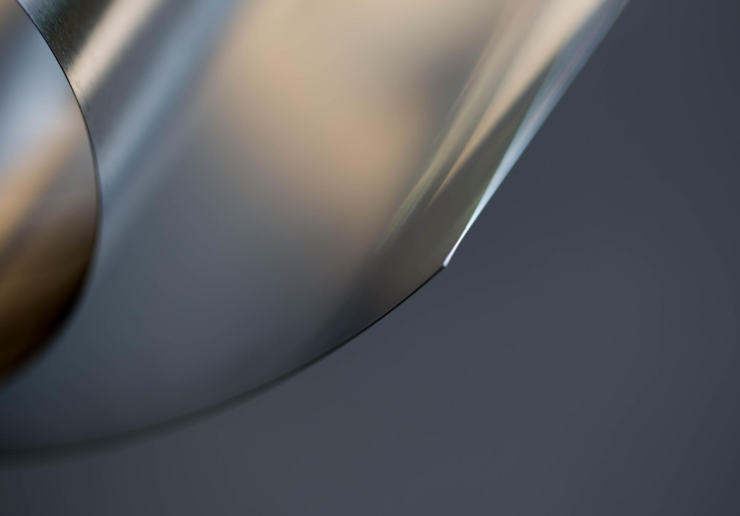
3003 aluminum sheet and 5052 aluminum sheet are typically known as “Common Alloys” because they are two of the most widely specified alloys in the aluminum industry. But the differences between them show that even minor tweaks in the composition can have a big impact when it comes to desired properties and end-uses. Here is a list of the differences between the 3003 and 5052 aluminum alloys.
3003 is primarily alloyed with Manganese (Mn) and the primary alloy ingredient for 5052 is Magnesium (Mg). In all, you’ll see that 3003 is an alloy of Silicon, Iron, Copper, Magnesium, and Zinc, while 5052 is an alloy of Silicon, Copper, Manganese, Magnesium, Chromium, and Zinc. See the table below for the percentage of alloying elements in each common alloy.
Kloeckner Metals is a full-line aluminum supplier and service center. Download our aluminum spec sheet and check what Kloeckner Metals routinely stocks.
|
Alloying Elements – Percent |
||||||||
| Alloy | Si | Fe | Cu | Mn | Mg | Cr | Zn | Ti |
| 3003 | 0.6 | 0.7 | 0.2 | 1.0/1.5 | 0.0 | 0.0 | 0.1 | 0.0 |
| 5052 | .45 | 0.0 | 0.1 | 0.1 | 2.2 | 0.15 | 0.1 | 0.0 |
As you’ll see by the mechanical properties of 3003 & 5052, the subtle changes in alloying composition have a big impact on tensile strength. 3003 H14 has an ultimate tensile strength range of 20 – 26 KSI, a yield of 21, an elongation of 8.3%, and a Brinell hardness of 40, while 5052 H32 has an ultimate tensile strength range of 31 – 38 KSI, a yield of 28, an elongation of 12%, and a Brinell hardness of 60. See the table below to understand the difference in mechanical properties between the two alloys.
|
Strength (KSI) |
Elongation % in 2 In. |
||||
|
Alloy & Temper |
Ultimate Min. – Max. (KSI) | Yield Set 0.2% | 1/16” Thick | ½” Dia. |
Brinell Hardness |
| 3003-0 | 14 – 19 | 6 | 30% | 40 | 28 |
| 3003-H12 | 17 – 23 | 18 | 10% | 20 | 35 |
| 3003-H14 | 20 – 26 | 21 | 8 | 16 | 40 |
| 3003-H16 | 24 – 30 | 25 | 5% | 14 | 47 |
| 3003-H18 | 27 – – | 27 | 4% | 10 | 55 |
| 5052-0 | 25 – 31 | 13 | 25% | 30 | 47 |
| 5052-H32 | 31 – 38 | 28 | 12% | 18 | 60 |
| 5052-H34 | 34 – 41 | 31 | 10 | 14 | 68 |
| 5052-H36 | 37 – 44 | 35 | 8% | 10 | 73 |
| 5052-H38 | 39 – – | 37 | 7% | 8 | 77 |
In general, 3003 is fairly soft and has good corrosion resistance, good drawing, good workability, moderate strength, and is weldable, while 5052 is stronger and has better corrosion resistance, good drawing, good formability, higher strength, and also is weldable.
The best known and most widely used of the common alloys, with about 20% more strength than pure aluminum 1100, 3003 is considered a very practical general-purpose aluminum for moderate strength applications. Normally chosen for its excellent workability and drawing characteristics, it can be welded and brazed by all methods and has excellent corrosion resistance.
The strongest non-heat-treatable sheet and plate in common use, 5052 is tough, strong, easily worked, and highly corrosion-resistant. Its versatility and strong value make it one of the most serviceable alloys. It has good drawing properties and a high rate of work hardening. Because of its resistance to saltwater corrosion, it is used in many marine applications.
|
|
Resistance to Corrosion |
Weldability |
||||||
| Alloy | General | Stress-Corrosion Cracking | Workability (Cold) | Machinability | Brazeability | Gas | Arc | Resistance Spot & Seam |
| 3003-0 | A | A | A | E | A | A | A | B |
| 3003-H14 | A | A | B | D | A | A | A | A |
| 5052-O | A | A | A | D | C | A | A | B |
| 5052-32 | A | A | B | D | C | A | A | A |
Ratings A through E are relative ratings in decreasing order of merit, based on exposures to sodium chloride solution by intermittent spraying or immersion. Alloys with A and B ratings can be used in industrial and seacoast atmosphere without protection. Alloys with C, D, and E ratings generally should be protected, at least on surfaces with joints. This data was pulled from the 2013 Aluminum Standards & Data. For more information, please refer to documentation by the Aluminum Association.
Common end-uses for 3003 aluminum include cooking utensils, food containers, chemical equipment, pressure vessels, general sheet metal fabrication, hardware, tanks, and cabinets. Common end-uses for 5052 include higher strength sheet metal fabrication, appliances, vessels, tanks, automotive, marine, food service, and medical equipment.

Depending on availability and market conditions, 3003 is generally slightly cheaper on a per pound basis. However, the higher density of 3003 may cancel out the lower price. To calculate the weights of aluminum sheet, you would use the following formula:
3003 aluminum has a density of .099 pounds/inch cubed and 5052 has a density of .097 pounds/inch cubed. So, for example, to calculate the weight of 3003 aluminum sheet with a decimal thickness of .125 and non-standard dimensions of 48” and 82”, you would multiple .125 * 48 * 82 * .099, for a value of 48.71lb. You can already see how the higher density of .099 may offset the higher cost of aluminum alloy 5052. In this case, the 5052 sheets would be 47.72lb. The larger the purchase, the larger the impact of the difference in density will be. 5052 and 3003 can also be purchased as coil, but in that situation, it would normally be sold to scale weight.
When comparing 3003 & 5052 in more detail, it is clear that while the chemical compositions look similar, they are alloys that both have much in common and also substantial differences. And, yet, while 3003 and 5052 may be ideal for different applications, for example, you’ll see 3003 recommended for cooking utensils and 5052 for hydraulic tube, for many others they are in fact interchangeable, like in sheet metal work. To decide whether 3003 or 5052 is right for your project, we invite you to email [email protected] today. One of our representatives will help you make the best decision for you.
Kloeckner Metals is a full-line aluminum supplier and service center. Kloeckner Metals combines a national footprint with the latest fabrication and processing technologies and most innovative customer service solutions.

Steel base plates are fundamental elements employed in various manufacturing...
Metal fabrication is a critical process that transforms raw metal...
The solar industry has undergone a significant transformation by incorporating...

X
The Kloeckner Metals website uses modern technologies. Unfortunately, your browser doesn't support those technologies.
Download the latest version of one of these browsers to experience the site: